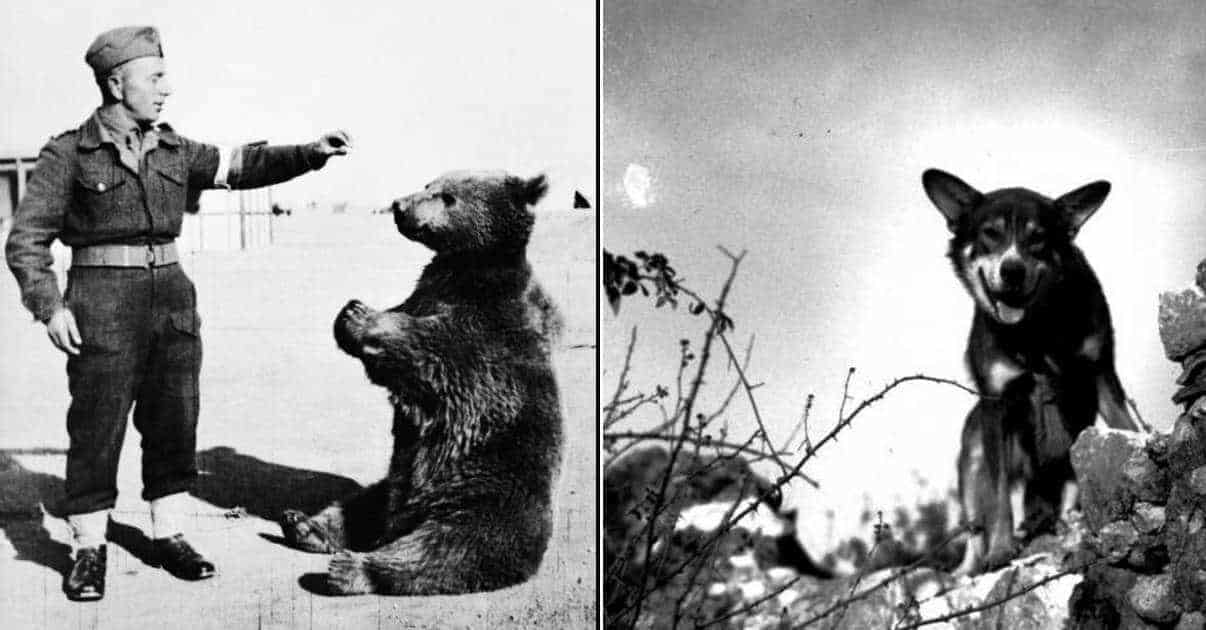For as long as people have been domesticating animals, they’ve looked for ways to use them to get an edge over their enemies. Whether as mounts to carry them into battle or simply to carry supplies, people have a long history of forcing animals to take part in their wars. And of course, the greatest conflict in human history was no different. But what you might not know is just how important animals really were in World War II. Not only did they perform the usual tasks animals did during times of war, but they were also heroes and even weapons.
For instance, while we often think of WWII as a motorized conflict, the truth is that most armies still relied heavily on more literal horsepower. The Germans alone entered the war with more than 500,000 horses and over the course of the conflict used more than 2,000,000 horses and mules. For the most part, these horses were used to pull heavy equipment, but they also helped provide mobility to messengers and soldiers. In fact, the army we usually think of as a well-oiled blitzkrieg machine was actually mostly horse-drawn. This over-reliance on horses likely played a serious role in the eventual defeat of the German army.

The Germans were chronically short of gasoline to power their army. So to the Germans, horses seemed like an easy way to tow equipment without expending fuel they didn’t have. But like trucks, horses need fuel, and the massive amount of grain the Germans horses needed often formed the majority of the supply trains headed towards the front. More importantly, using horses meant that the German army couldn’t move any faster in their invasion of Russia than Napoleon had more than 100 years earlier. And their invasion eventually had the same result.
But while the Germans were realizing that the age of horses in warfare was largely over, the Soviets they were fighting were rediscovering the value of one of the oldest wartime animal companions. As the German tanks rolled across the steps, the Russians found that they didn’t have enough anti-tank weapons to stop them. But they did have a lot of dogs. And in true Stalinist style, the Soviets already had a plan to put them to use against the German tanks. Like most armies, the Soviets trained dogs to perform a number of important military tasks. But unlike most armies, they also trained them to blow up tanks.

Soviet troops Used anti-tank dogs to run underneath tanks and deposit explosives
The basic idea behind these anti-tank dogs was to train them to run underneath tanks and deposit explosives. Of course, dogs are pretty smart, but the Soviets soon realized it was still hard to train them to use explosives. Most of the time, the dogs would fail to release their explosives under the tanks and would instead run back to their handler. And that meant that were the explosives armed in a combat situation, it would have killed the handler and the dog rather than the tank. So, the Soviets decided to simplify the technique in a horrifying way.

